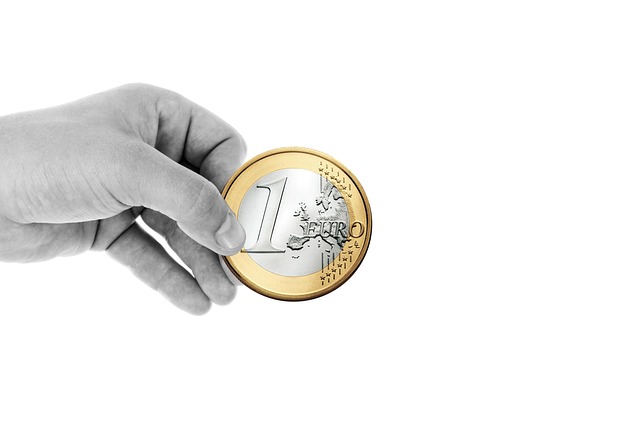In the rapidly evolving landscape of online education, effective communication has emerged as a critical factor for fostering knowledge building, especially during webinars. As more institutions and trainers pivot towards virtual instruction, the need to create engaging, interactive experiences becomes paramount. The essence of successful webinars lies not just in the delivery of content but in how effectively that content is communicated to participants.
Webinars offer a unique platform for interaction, providing opportunities for real-time discussions and feedback. However, it is essential for facilitators to harness the power of communication to transform these digital meetings into dynamic learning experiences. This begins with establishing clear objectives for the session. Participants should understand what they can expect to learn, which sets the groundwork for active involvement and reduces any uncertainties they may have.
Engagement is the heart of online education, and it flourishes when communication flows seamlessly between the presenter and attendees. Facilitators should employ various communication methods, such as polls, Q&A sessions, and collaborative discussions, to encourage participation. By inviting questions and fostering dialogue, educators not only clarify complex topics but also allow learners to build connections with the material and each other. This dialogue is essential for building knowledge, as learners often enhance their understanding through the perspectives of their peers.
The beauty of online webinars is their ability to transcend geographical barriers, bringing together diverse perspectives. However, this diversity also necessitates a more nuanced approach to communication. Understanding the varied backgrounds and learning styles of participants can help in tailoring the session for maximum impact. Facilitators might consider using different media, such as videos, infographics, or case studies, to accommodate various learning preferences, ensuring that all attendees can engage with the content effectively.
Feedback mechanisms are another vital component of effective communication within webinars. After each session, soliciting insights and reflections from participants can inform future presentations. This iterative feedback loop not only makes learners feel valued but also enhances the overall educational experience. When participants see that their input shapes future sessions, it builds a sense of community, which is essential for fostering a collaborative learning environment.
Moreover, establishing a welcoming atmosphere is crucial for open communication. Using icebreakers, encouraging introductions, and acknowledging contributions can ease the apprehension that some may feel in a virtual setting. When participants feel comfortable, they are more likely to share ideas and engage in discussions, enriching the collective knowledge-building process.
Lastly, the role of technology in webinars cannot be overlooked. High-quality audio and visual tools are fundamental in ensuring that communication flows smoothly. Technical glitches can disrupt the learning process and cause frustration, detracting from the knowledge-building experience. Therefore, facilitators must invest in reliable technology and, if possible, conduct dry runs to troubleshoot any potential issues beforehand.
In summary, effective communication acts as the backbone of online education webinars, leading to richer knowledge-building experiences. By actively engaging participants, fostering collaboration, and utilizing diverse communication methods, educators can create a vibrant atmosphere where learning thrives. In the digital realm, where personal interaction may be limited, the art of communication holds the key to unlocking the full potential of online education.




